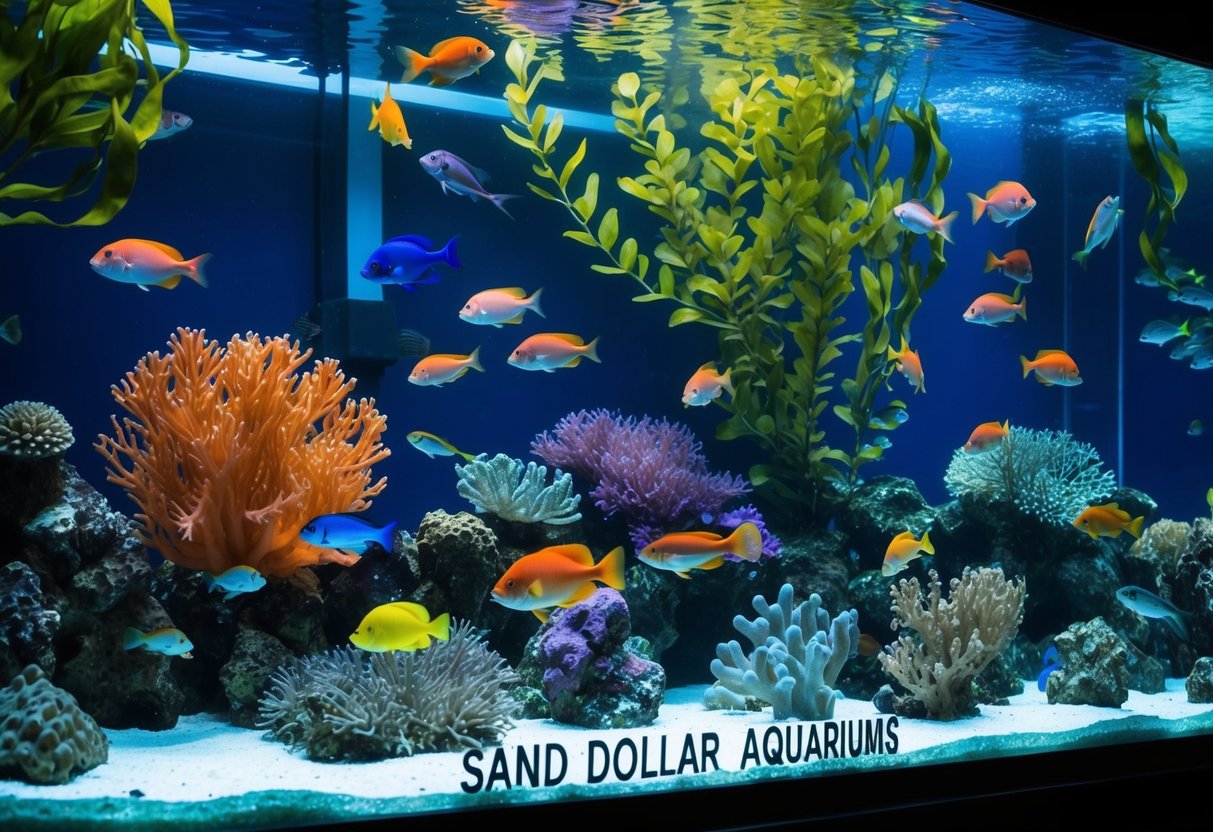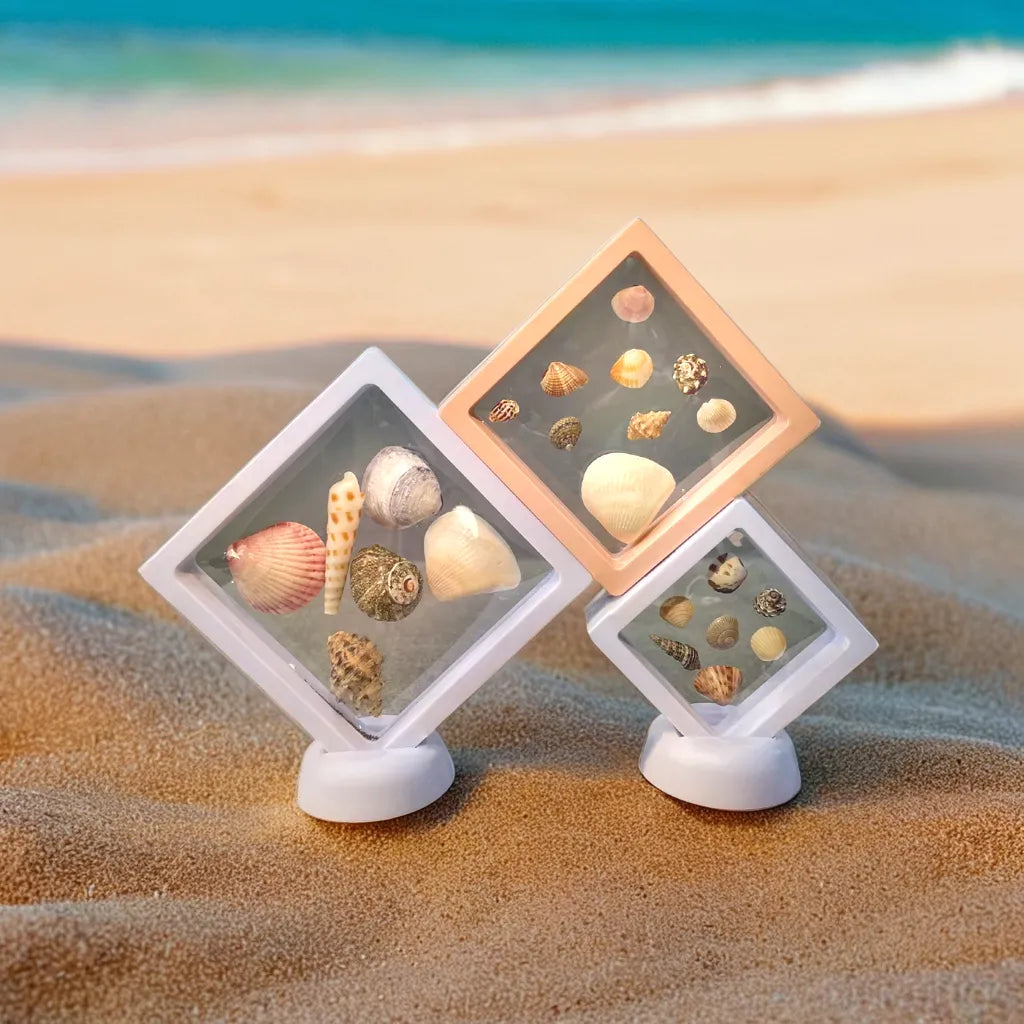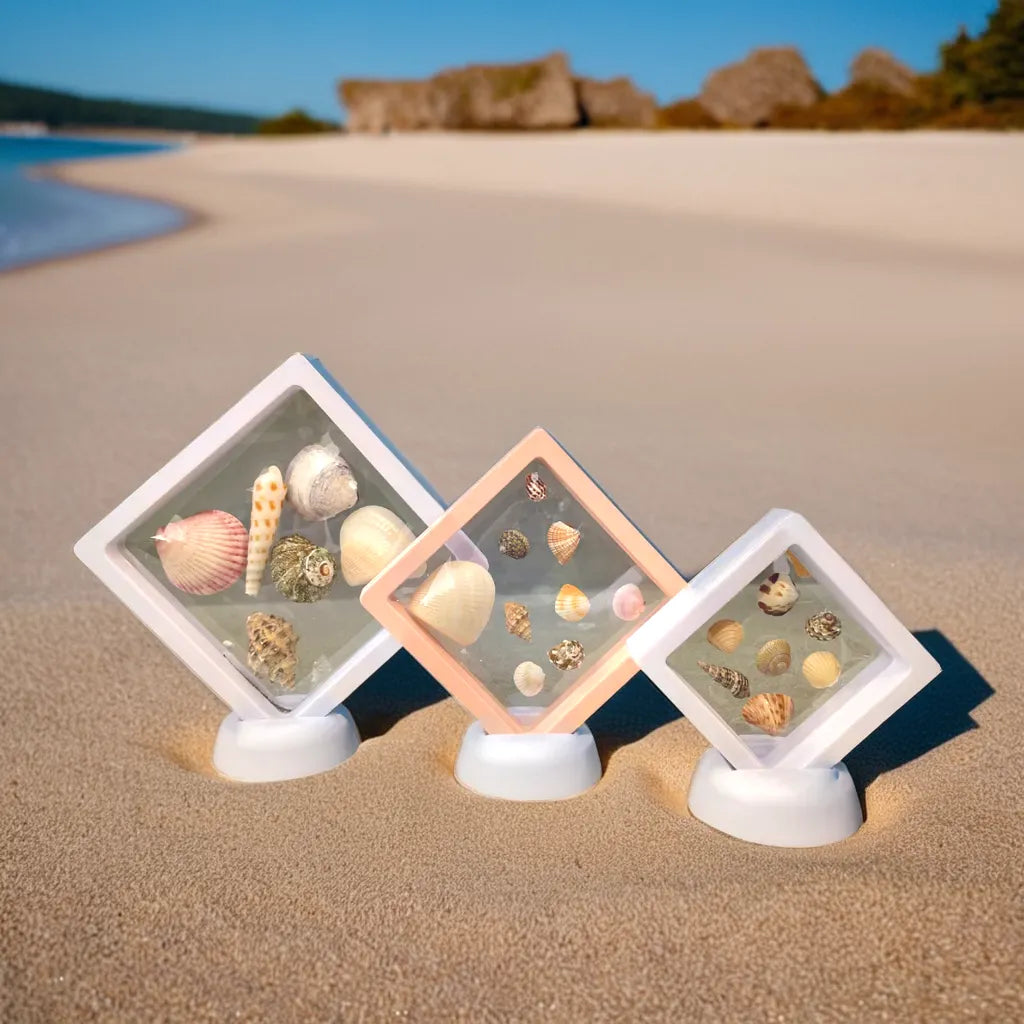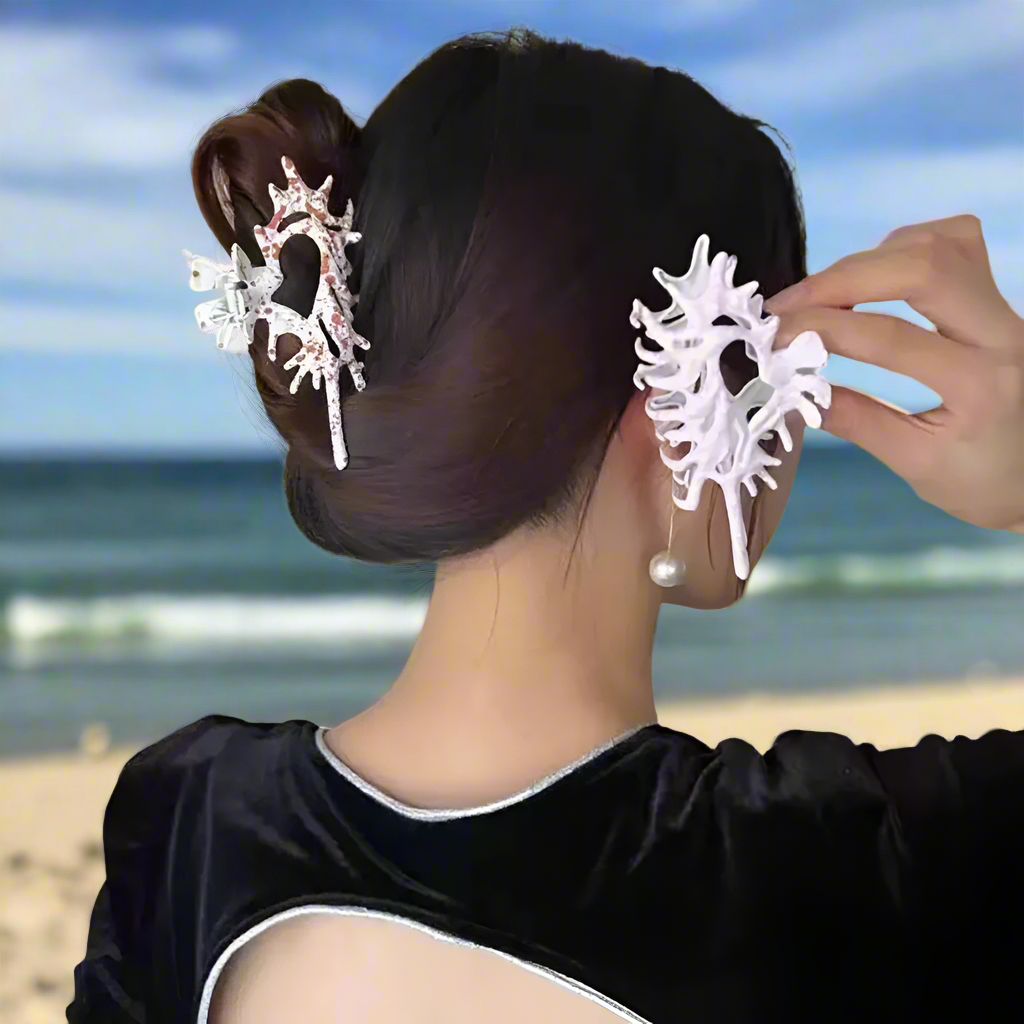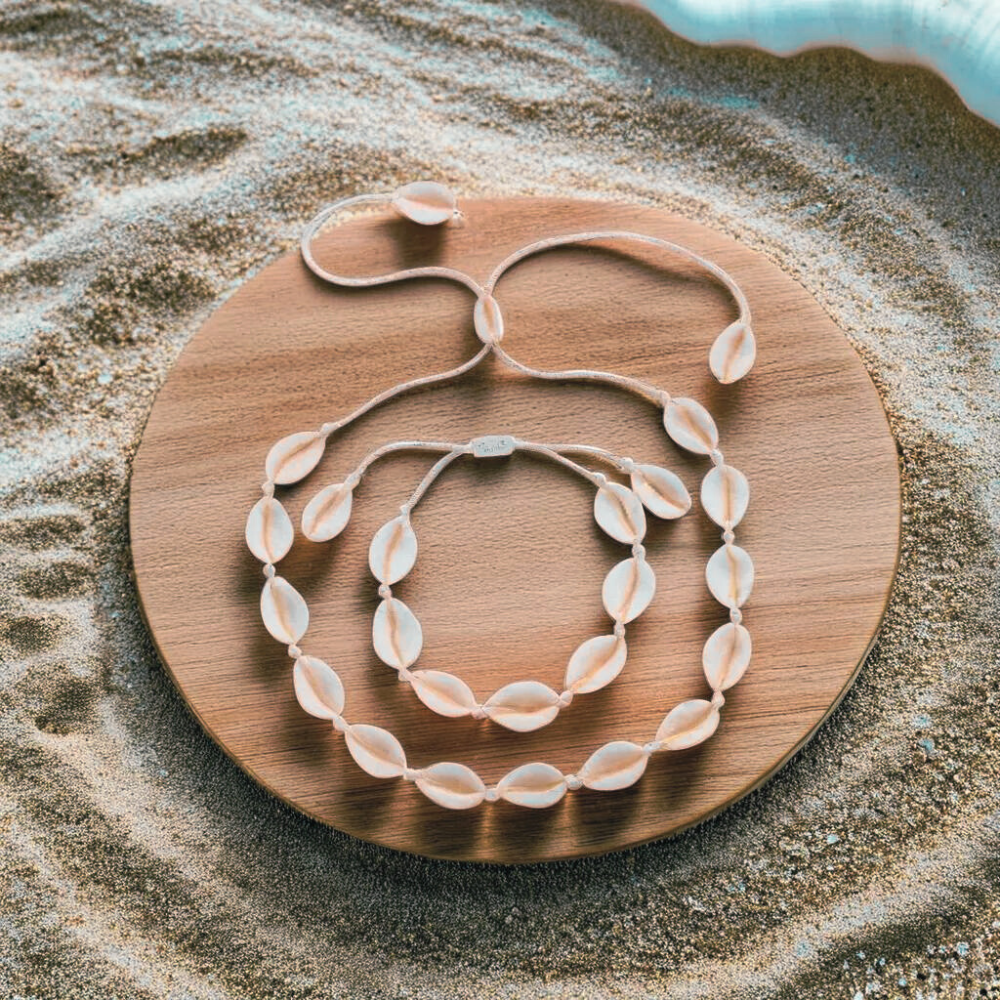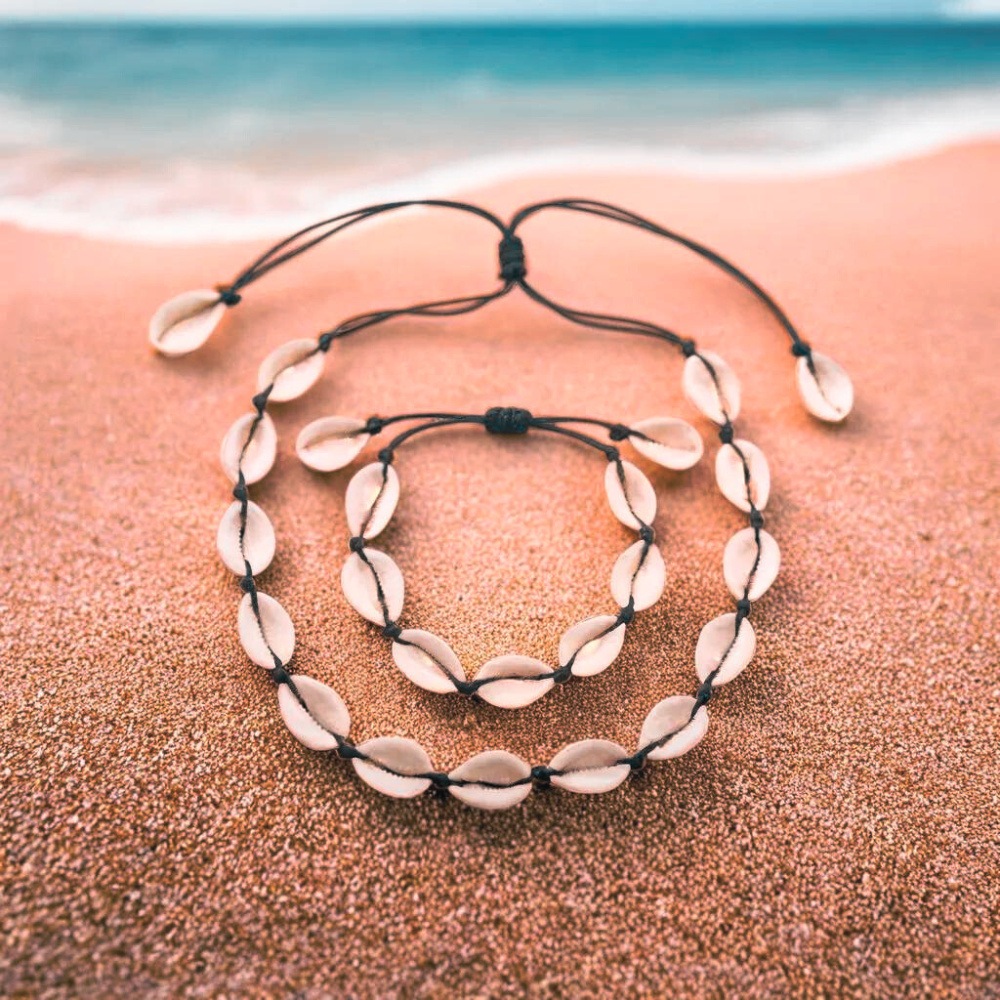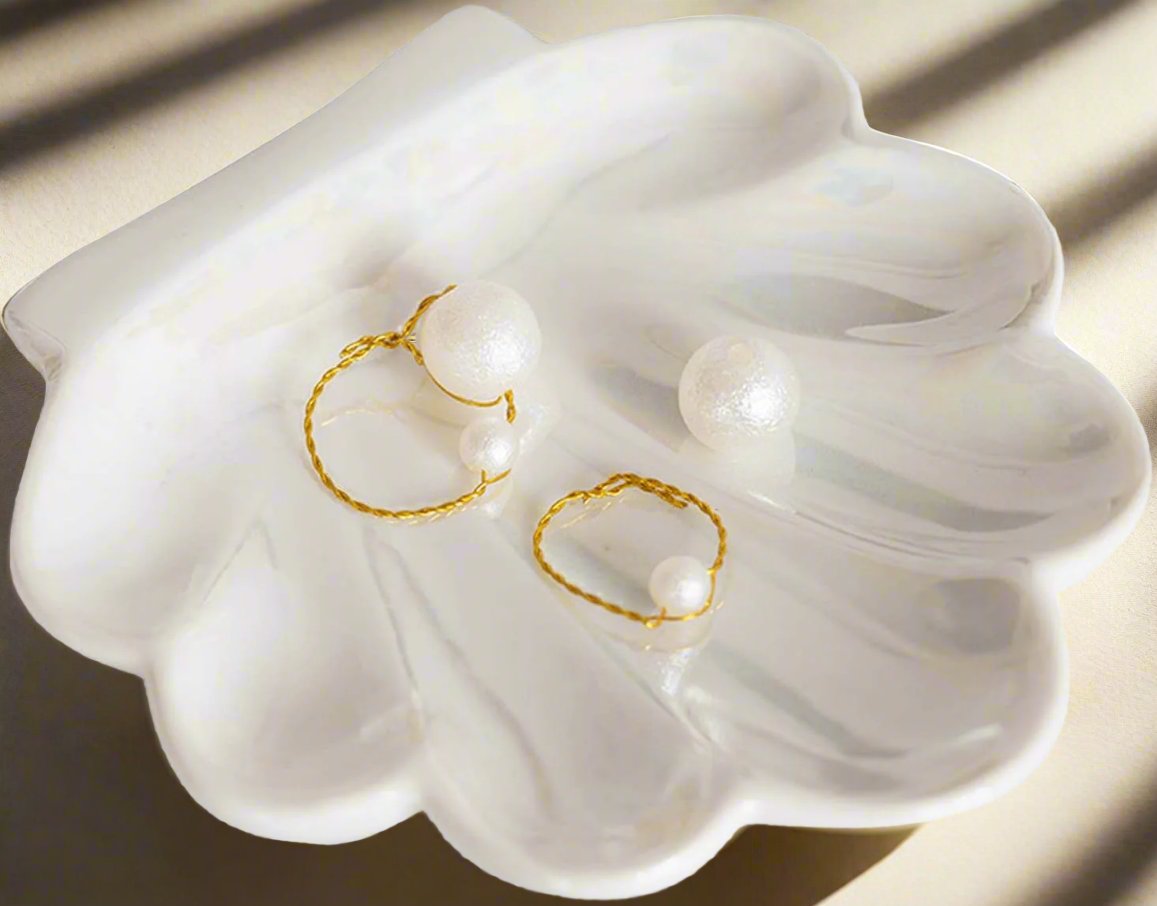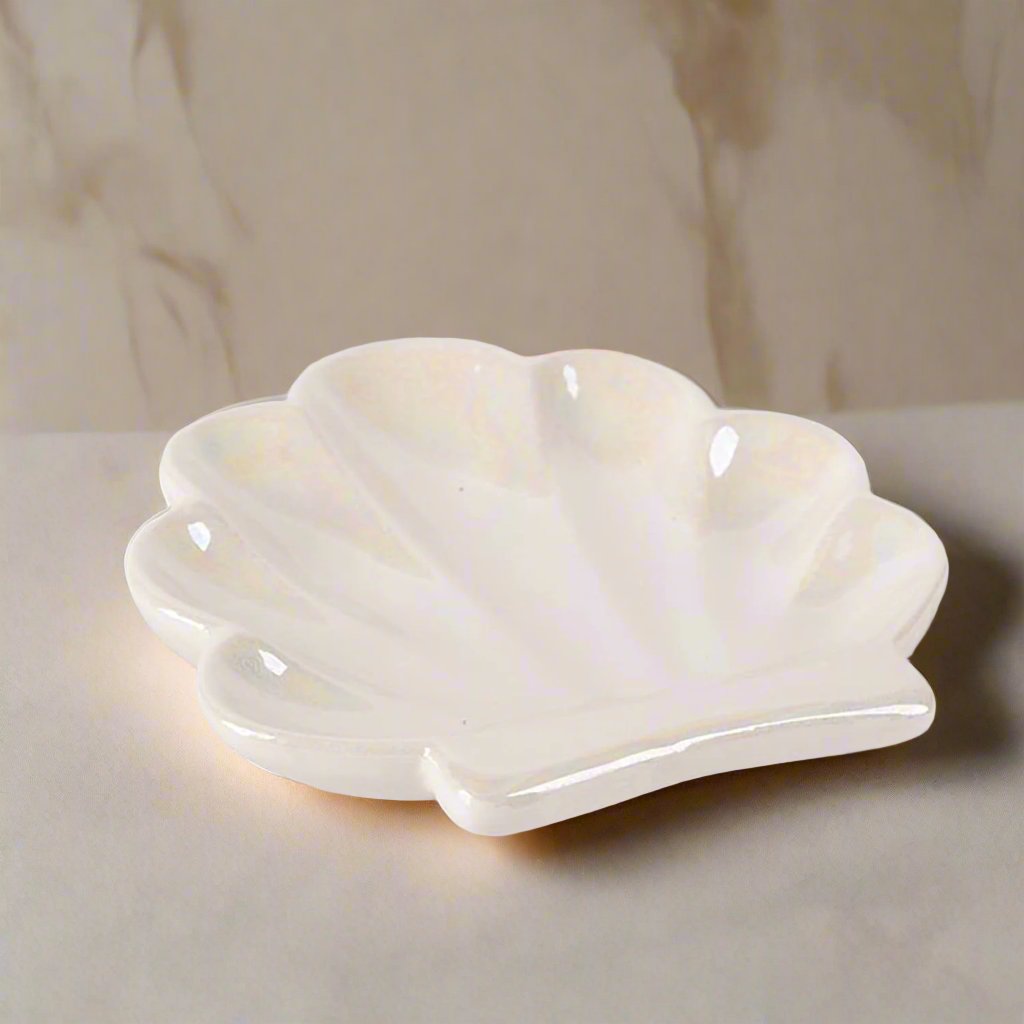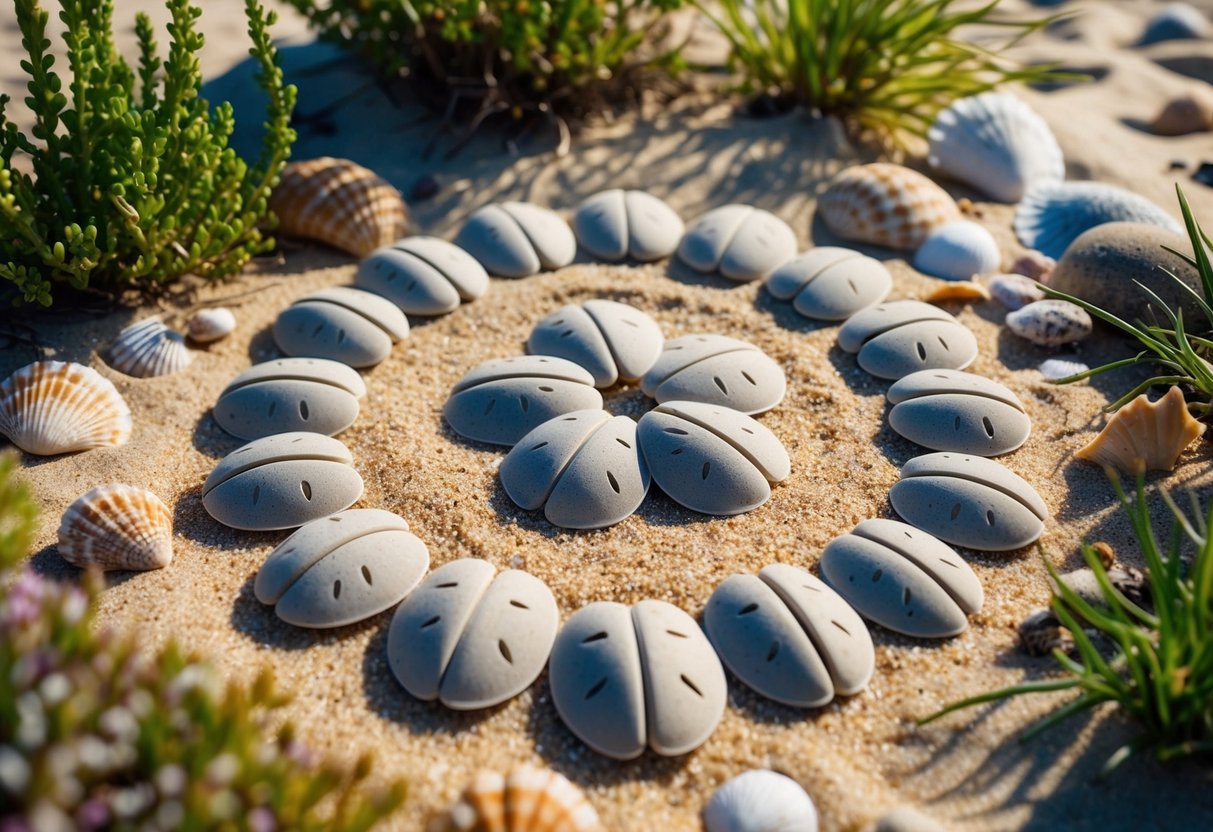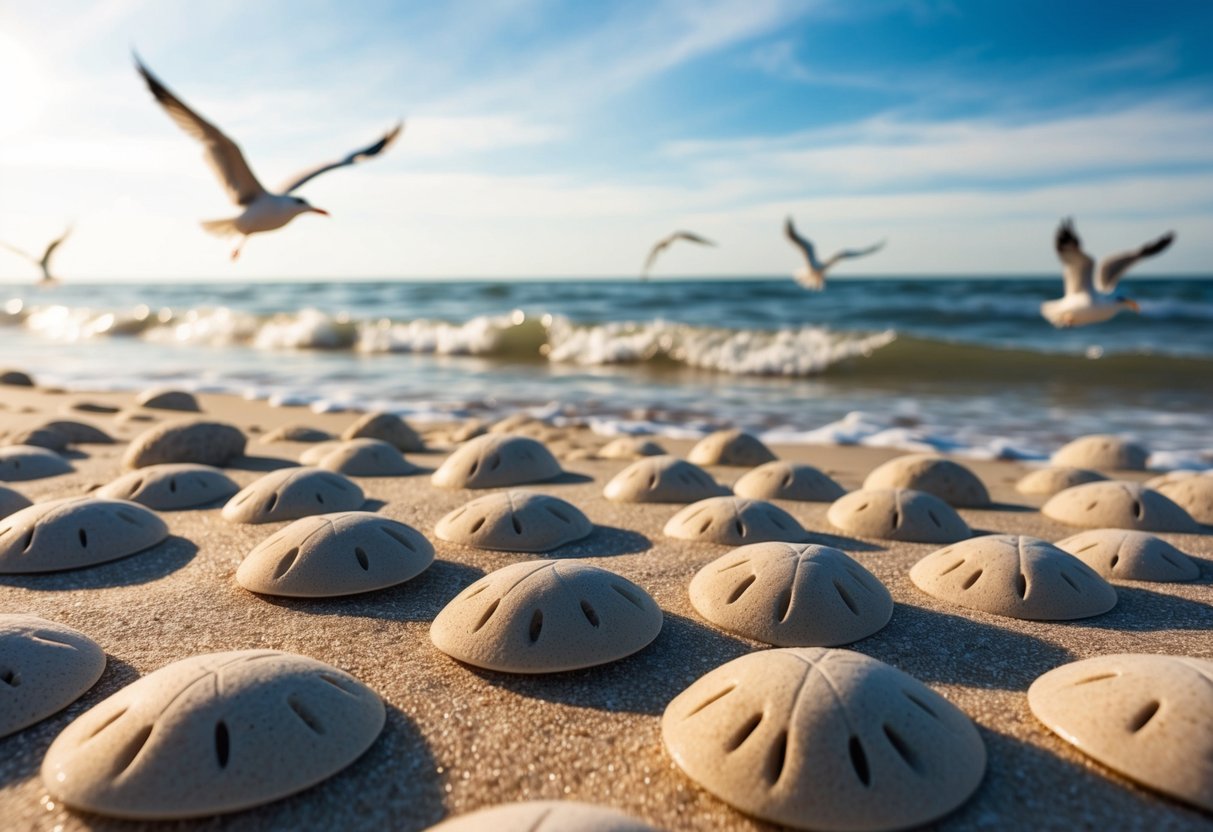Creating an aquarium that features sand dollars can be a rewarding experience for marine life enthusiasts. Sand dollars thrive best in specific conditions, making careful planning essential for their well-being. These unique creatures, closely related to sea urchins, require a habitat that mimics their natural sandy environments to flourish and interact healthily with other marine species.
 To successfully care for sand dollars, it is important to understand their needs, including water quality, feeding habits, and social interactions. Regular maintenance and an appropriate tank design are crucial for allowing these remarkable animals to live comfortably. With the right knowledge, individuals can enjoy the beauty of sand dollars while contributing to their conservation in captivity.
To successfully care for sand dollars, it is important to understand their needs, including water quality, feeding habits, and social interactions. Regular maintenance and an appropriate tank design are crucial for allowing these remarkable animals to live comfortably. With the right knowledge, individuals can enjoy the beauty of sand dollars while contributing to their conservation in captivity.
 Creating a suitable environment for sand dollars in aquariums requires careful consideration of several factors. Proper aquarium size, substrate choice, water conditions, and filtration systems are vital for their health. Each of these elements plays a critical role in mimicking their natural habitat.
Creating a suitable environment for sand dollars in aquariums requires careful consideration of several factors. Proper aquarium size, substrate choice, water conditions, and filtration systems are vital for their health. Each of these elements plays a critical role in mimicking their natural habitat.
 Choosing the right sand dollar species is vital for creating a successful aquarium environment. Different species have unique needs, which influence their behavior, habitat, and care. Understanding these differences will help aquarists make informed selections.
Choosing the right sand dollar species is vital for creating a successful aquarium environment. Different species have unique needs, which influence their behavior, habitat, and care. Understanding these differences will help aquarists make informed selections.
 To successfully care for sand dollars, it is important to understand their needs, including water quality, feeding habits, and social interactions. Regular maintenance and an appropriate tank design are crucial for allowing these remarkable animals to live comfortably. With the right knowledge, individuals can enjoy the beauty of sand dollars while contributing to their conservation in captivity.
To successfully care for sand dollars, it is important to understand their needs, including water quality, feeding habits, and social interactions. Regular maintenance and an appropriate tank design are crucial for allowing these remarkable animals to live comfortably. With the right knowledge, individuals can enjoy the beauty of sand dollars while contributing to their conservation in captivity.
Key Takeaways
- Sand dollars require specific habitats for optimal health.
- Understanding their feeding and social needs is key to their care.
- Regular maintenance ensures a thriving aquarium environment.
Understanding Sand Dollars
Sand dollars are a type of marine echinoderm that share similarities with sea urchins. They typically live in sandy environments along coastlines.Habitat Needs
- Sandy Substrate: Sand dollars thrive in sandy areas where they can burrow.
- Water Flow: They require constant water movement to access food and oxygen.
Lifespan and Community
- Sand dollars usually live for six to ten years.
- They can be found in large groups, with up to 625 sand dollars per square yard.
Diet and Feeding
Sand dollars primarily feed on tiny particles and plankton. They rely on ocean currents to bring food to them.Predators
Natural predators include:- California sheepheads
- Starry flounders
- Large pink sea stars
Growth Rings
Scientists can determine the age of a sand dollar by counting the growth rings on its skeleton.Skeletons
When sand dollars die, their hard shells, called tests, can sometimes be found on beaches. These shells are popular among beachcombers. Understanding these aspects is essential for anyone interested in sand dollar habitats and their care in aquatic environments.Designing Sand Dollar Habitats
 Creating a suitable environment for sand dollars in aquariums requires careful consideration of several factors. Proper aquarium size, substrate choice, water conditions, and filtration systems are vital for their health. Each of these elements plays a critical role in mimicking their natural habitat.
Creating a suitable environment for sand dollars in aquariums requires careful consideration of several factors. Proper aquarium size, substrate choice, water conditions, and filtration systems are vital for their health. Each of these elements plays a critical role in mimicking their natural habitat.
Aquarium Size and Shape
Sand dollars thrive in spacious environments. An aquarium should be at least 20 gallons to ensure they have enough room to move and grow.- Height: The tank doesn’t need to be very tall. A shorter, wider tank mimics the shallow waters they inhabit.
- Shape: Rectangular shapes offer better surface area, which supports more oxygen exchange.
Substrate Selection
Choosing the right substrate is crucial. Sand dollars prefer a soft sandy bottom to mimic their natural habitat.- Granule Size: The sand should be fine, around 1 mm in diameter. This allows sand dollars to burrow comfortably.
- Depth: A substrate depth of 2-3 inches gives them space to dig.
Water Parameters
Maintaining proper water parameters is vital for sand dollar health.- Temperature: A stable temperature around 68-75°F (20-24°C) is ideal.
- Salinity: They thrive in water with a salinity of 1.020-1.025 specific gravity.
Filtration and Water Movement
Effective filtration is essential for sand dollars. They benefit from good water quality, which can be achieved through the following:- Type: A gentle canister filter or sponge filter minimizes strong water currents.
- Water Movement: Light water movement is ideal, as it mimics their natural setting.
Selecting Sand Dollar Species
 Choosing the right sand dollar species is vital for creating a successful aquarium environment. Different species have unique needs, which influence their behavior, habitat, and care. Understanding these differences will help aquarists make informed selections.
Choosing the right sand dollar species is vital for creating a successful aquarium environment. Different species have unique needs, which influence their behavior, habitat, and care. Understanding these differences will help aquarists make informed selections.
Common Sand Dollar Species
Several species of sand dollars thrive in aquariums. The most common types include:- Dendraster excentricus: Found along the Pacific Coast, this species is easily recognized. It grows to about 75 mm in diameter and has a lifespan of approximately 8 years.
- Leodia sexiesperforata: This type is prevalent in Florida. It has a distinct purplish-brown color and is typically covered with tiny spines.
- Mellita quinquiesperforata: Known as the "keyhole sand dollar," it features a unique pattern of holes on its surface. This species prefers sandy environments and thrives in warmer waters.
Species-Specific Requirements
Different sand dollar species have varying care needs. Here are some important considerations:- Water Conditions: Most species prefer a temperature range of 18-24°C (64-75°F) and a salinity level of 32-35 ppt. Maintaining stable conditions is crucial for their health.
- Diet: Sand dollars are deposit feeders. They require a diet rich in fine particles, such as phytoplankton and detritus. Using a supplement like cyclopeeze can help satisfy their nutritional needs.
- Habitat: Creating a sandy substrate in the aquarium is essential. Sand dollars like to burrow for comfort and protection. A tank with a depth of at least 2-3 inches (5-7 cm) of fine sand is ideal.
Aquarium Maintenance
Maintaining a sand dollar aquarium is essential for the health and survival of the sand dollars. Proper cleaning, water quality checks, and health assessments contribute to a thriving environment.Regular Cleaning Practices
Regular cleaning is vital for any aquarium. It helps prevent algae growth and maintains a clean living space for sand dollars.- Remove Debris: Regularly scoop out uneaten food and waste. This can be done once a week using a fish net or a siphon.
- Clean Substrate: Vacuum the substrate to remove detritus, as it can harm water quality.
- Clean Decorations: Use a sponge or brush to clean rocks, plants, and any decor. Avoid using soaps or chemicals, as they can be harmful to marine life.
- Change Water: Replace about 10-15% of the water weekly to maintain freshness. This helps dilute pollutants and stabilizes water parameters.
Water Quality Monitoring
Monitoring water quality is crucial for maintaining a stable environment for sand dollars. Key parameters to keep track of include:- Salinity: Aim for a salinity level of 1.020 to 1.025 specific gravity. A hydrometer can help measure this.
- Temperature: Keep the aquarium temperature between 68°F and 74°F (20°C to 23°C).
- pH Levels: Maintain a pH range of 7.5 to 8.5. Regularly check these levels with test kits.
- Ammonia and Nitrite Levels: Both should be at 0 ppm, as any presence can harm sand dollars.
Sand Dollar Health Checks
Regular health checks for sand dollars are essential. Observing their behavior is a key part of this process.- Eating Habits: Healthy sand dollars feed actively. Lack of feeding can indicate stress or health issues.
- Color and Texture: Look for vibrant colors and a firm texture. Discoloration or a brittle surface may mean trouble.
- Movement: Sand dollars should move slightly when disturbed. Lack of movement may suggest health concerns.
Feeding Sand Dollars
Feeding sand dollars requires an understanding of their dietary needs, effective feeding techniques, and how to manage nutrients in their environment. Sand dollars thrive in conditions that support their natural feeding habits.Diet Composition
Sand dollars are filter feeders that primarily consume microscopic food. Their diet mainly consists of:- Algae: A key source of nutrients, promoting health and growth.
- Organic Matter: This includes detritus, which provides essential nutrients.
- Small Zooplankton: These tiny creatures are another important food source.
Feeding Techniques
To effectively feed sand dollars in an aquarium, various methods can be employed:- Spot Feeding: Providing concentrated food directly in front of the sand dollar can enhance intake. Use a pipette to place small amounts of food near them.
- Tidal Movement Simulation: Creating gentle water currents mimics their natural environment, helping to bring food particles to them.
- Supplemental Feedings: Offering foods like cyclopeeze or other finely crushed materials can boost their nutrition.
Nutrient Management
Managing nutrients is essential for maintaining the health of sand dollars. Key points include:- Water Quality: Regular testing of salinity, pH, and temperature ensures a stable environment. Sand dollars prefer saltwater with a stable salinity level.
- Organic Compounds: Minimizing excess waste will help reduce harmful levels of toxins in the water. Regular aquarium maintenance is necessary.
- Lighting: Providing adequate lighting supports the growth of algae, which is beneficial for sand dollars.
Common Challenges
Keeping sand dollars in aquariums can be difficult. They have specific needs that must be met for them to thrive. Here are some common challenges faced:- Habitat Requirements: Sand dollars need a sandy substrate to dig into. Many aquariums do not provide the right kind of sand or enough depth.
- Space: These creatures require ample space to move around. In a crowded aquarium, they may struggle to find suitable areas to settle.
- Water Quality: Sand dollars depend on high-quality water conditions. They thrive in stable salinity and temperature that can be hard to maintain in a tank.
- Feeding: They typically feed on tiny particles in their natural habitat. Without the right food source, they may not get enough nutrients. Spot feeding with cyclopeeze can help, but it adds work for the caretaker.
- Oxygen Levels: Continuous water flow is crucial for sand dollars. This flow brings in oxygen and food, a challenge in static aquarium setups.
- Survivability: Many sand dollars may not survive long-term in aquariums. They are more suited to their natural ocean environment. Without proper conditions, they will likely die within months.
Interaction with Other Species
Sand dollars can coexist with various marine species in an aquarium. Their interaction with other creatures is crucial for ensuring a healthy environment. It is important to choose compatible tank mates and avoid species that may prey upon or stress the sand dollars.Compatible Tank Mates
Sand dollars do well in community tanks with peaceful species. They thrive alongside fish, invertebrates, and other sand-dwelling creatures. Examples of compatible tank mates include:- Small Reef Fish: Gobies or blennies can share space without aggression.
- Invertebrates: Shrimp, snails, and other non-predatory invertebrates are ideal.
- Other Echinoderms: Sea urchins can often coexist since they have similar habitats.
Species to Avoid
Certain species pose a risk to sand dollars. Predators that could harm or stress them must be avoided in a shared tank. Some examples include:- California Sheephead: This fish is known to prey on sand dollars.
- Starry Flounder: As a predator, it also feeds on these creatures.
- Large Sea Stars: Notably, pink sea stars are known to hunt sand dollars.
Advancements in Sand Dollar Care
Care for sand dollars has progressed significantly with increased understanding of their needs.Key Aspects of Sand Dollar Care:
- Habitat Requirements: Sand dollars thrive in sandy substrates with enough space to move. Proper substrate mimics their natural environment, which is essential for their health.
- Water Conditions: These creatures prefer slow-moving water. Marine aquarists now ensure gentle currents are maintained in their tanks.
- Feeding: They feed on algae and organic matter. Innovative feeding techniques, like spot injecting food, help address nutrient needs.
- Lighting: Strong lighting is crucial for sand dollars. They need light to absorb necessary nutrients from their diet.
Care Strategies:
- Routine checks on water quality ensure that salinity, temperature, and pH levels remain stable.
- Use of Technology: Advanced filtration and lighting systems create optimal conditions for sand dollars.
- Monitoring Health: Regular observation can help detect health issues early, promoting better care.
Conservation and Ethical Practices
Sand dollars play an important role in their ecosystems. Public aquariums often focus on conservation efforts to protect these species and their habitats. Ethical practices in the collection and care of sand dollars include:- Sustainable Sourcing: Aquariums must ensure that sand dollars are collected responsibly. This often involves working with local authorities to follow regulations that protect marine life.
- Habitat Preservation: Efforts are made to protect coastal ecosystems where sand dollars live. Maintaining healthy environments helps ensure sand dollar populations thrive.
- Education and Awareness: Many aquariums offer educational programs. These programs teach visitors about the importance of marine conservation and the role of sand dollars in their ecosystems.
- Research Initiatives: Aquariums often participate in or support research. This research aims to better understand sand dollar biology and ecology, which can inform conservation strategies.

